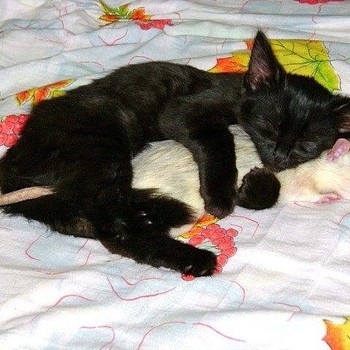At a temperature of 280 K, the gas in a cylinder has a volume of 20.0 liters. If the volume of the gas is decreased to 10.0 liters, what must the temperature be for the gas to remain at a constant pressure?
2 Answers
PV=nRT
P is Pressure (
V is Volume (
n is Number of moles of gas (
R is the Gas constant (
T is Temperature (
In this problem, you are multiplying V by
140K
Explanation:
PV=nRT
P is Pressure (Pa or Pascals)
V is Volume (m3 or metres cubed)
n is Number of moles of gas (mol or moles)
R is the Gas constant (8.31JK−1mol−1 or Joules per Kelvin per mole)
T is Temperature (K or Kelvin)
Since we are only looking at 2 variables (temperature and volume) you can remove all other parts of the equation. That leaves you with
V=T
Therefore is volume drops in half then temperature drops in half to keep the pressure the same.
This makes sense if you think about a balloon. If you squish it down to half it's size the pressure will go up. The only way to reduce the pressure would be to drop the temperature.

